
Try your luck — spin the wheel and unlock up to 30% OFF or exclusive freebies!
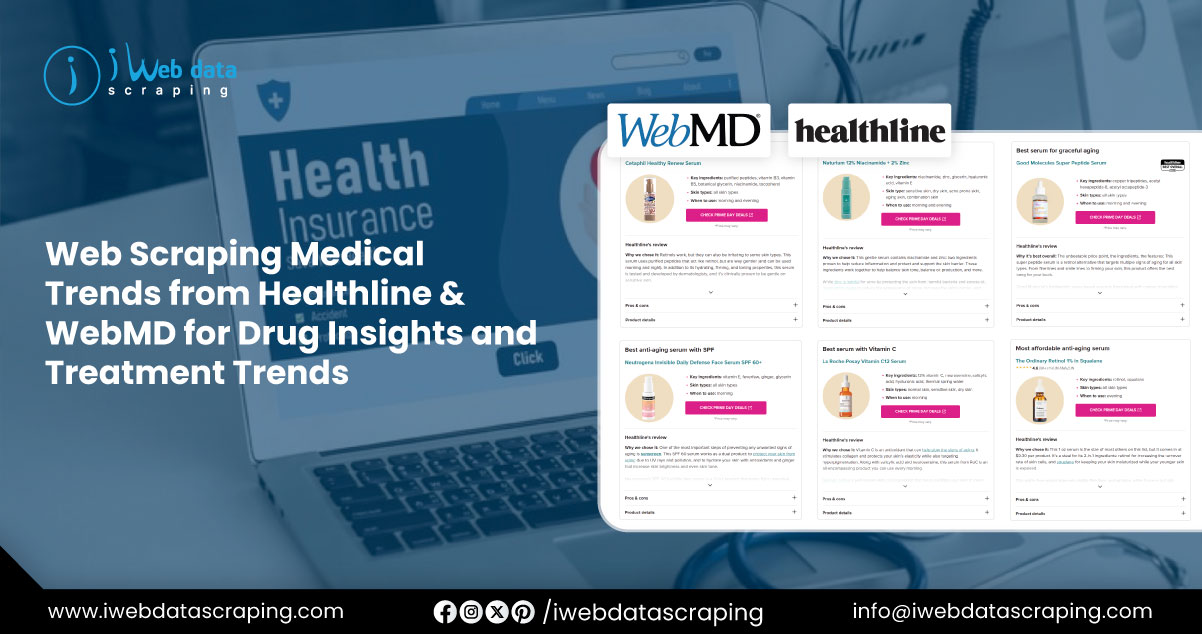
The healthcare industry is undergoing a rapid transformation, driven by technological advancements, data analytics, and evolving consumer demands. The availability of vast amounts of online health information has created significant opportunities for businesses, researchers, and healthcare providers to adopt data-driven strategies that enhance decision-making and improve patient outcomes. This report explores the potential of Web Scraping Medical Trends from Healthline & WebMD to uncover actionable insights related to consumer behavior, market shifts, and competitive positioning.
By analyzing publicly available data from trusted platforms like WebMD and Healthline, organizations can gain Healthcare Market Insights from Healthline & WebMD that support strategic planning, product innovation, and service optimization. From trending medical topics and treatment queries to drug reviews and symptom searches, this report synthesizes data extracted from these platforms to reveal emerging patterns. With the ability to Scrape WebMD & Healthline Data for Market Research, businesses can stay ahead in an increasingly patient-centric and data-driven healthcare environment.
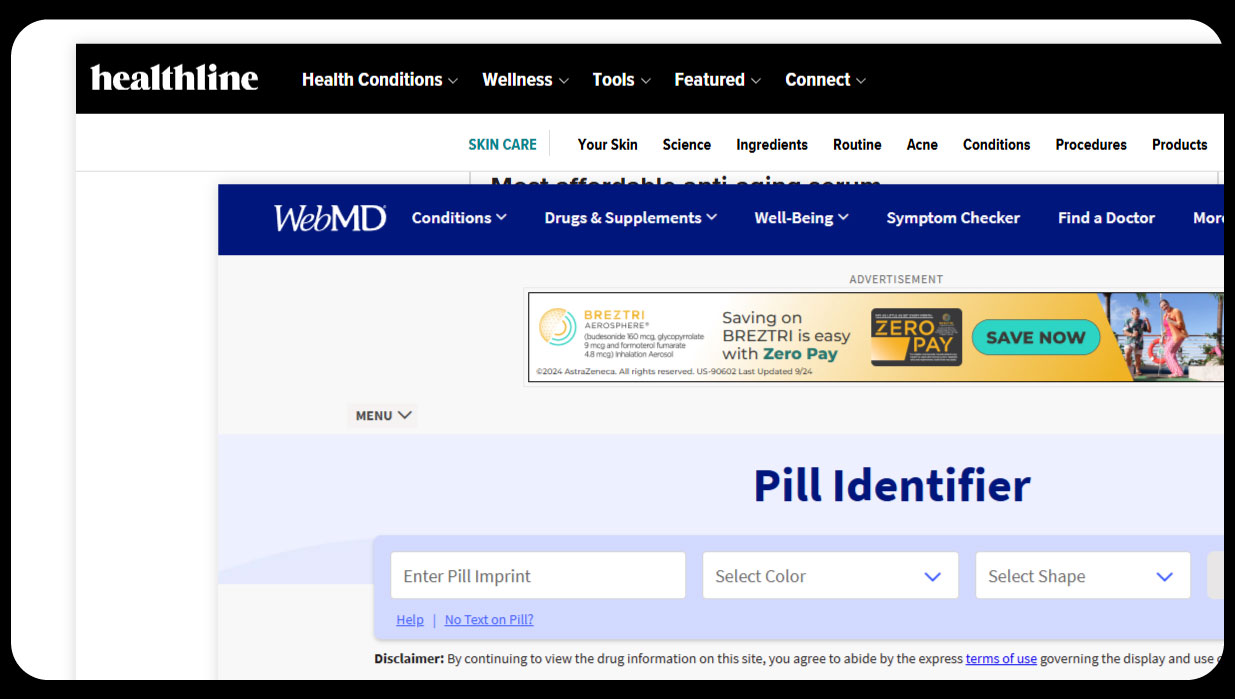
The research involved the systematic extraction of publicly available data from WebMD and Healthline, two leading online health platforms known for their credible, expert-reviewed content. Data was collected using web scraping techniques, targeting key areas such as drug details, physician profiles, patient reviews, and health-related articles. The scraped data was cleaned, structured, and analyzed to identify patterns and trends relevant to the healthcare industry. The datasets included structured information (e.g., drug prices, physician specialties) and unstructured data (e.g., patient feedback, article content). The analysis focused on extracting insights into consumer preferences, market dynamics, and emerging health trends, ensuring compliance with ethical and legal standards for web scraping.
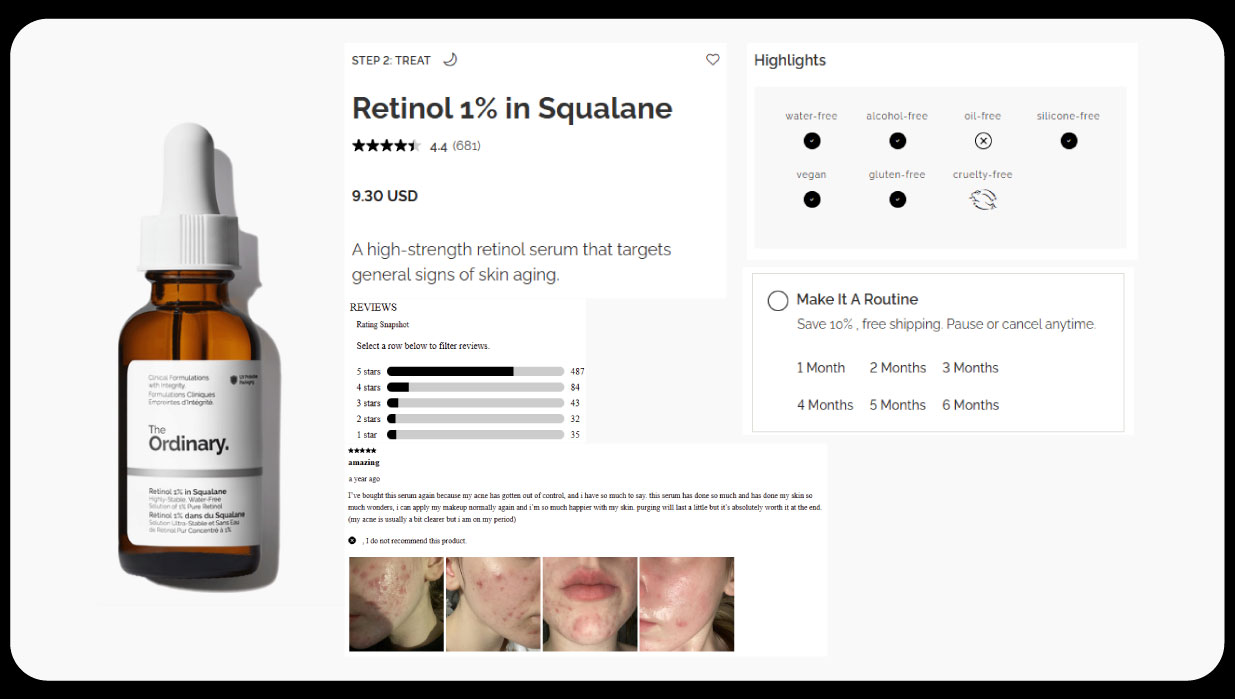
The data extracted from WebMD and Healthline encompassed several critical areas, enabling a multifaceted analysis of healthcare trends and consumer behavior. The following datasets were analyzed:
The data was processed into structured formats (CSV and JSON) for quantitative analysis and subjected to qualitative analysis to uncover thematic trends. The following tables summarize key data points extracted from the platforms:
Table 1: Drug Pricing and Availability Trends (Sample Data from WebMD and Healthline)
| Drug Name | Platform | Average Price (USD) | Availability (Pharmacies) | Common Uses |
|---|---|---|---|---|
| Metformin | WebMD | $15.50 | 95% | Type 2 Diabetes Management |
| Metformin | Healthline | $16.20 | 92% | Type 2 Diabetes Management |
| Simvastatin | WebMD | $22.75 | 88% | Cholesterol Management |
| Simvastatin | Healthline | $21.90 | 90% | Cholesterol Management |
| Ibuprofen | WebMD | $8.45 | 99% | Pain Relief, Inflammation |
| Ibuprofen | Healthline | $8.60 | 98% | Pain Relief, Inflammation |
Table 2: Physician Specialties and Patient Ratings (Sample Data from WebMD and Healthline)
| Specialty | Platform | Number of Providers | Average Patient Rating (1–5) | Top Location |
|---|---|---|---|---|
| Cardiology | WebMD | 1,250 | 4.3 | New York, NY |
| Cardiology | Healthline | 1,180 | 4.2 | New York, NY |
| Dermatology | WebMD | 980 | 4.1 | Los Angeles, CA |
| Dermatology | Healthline | 950 | 4.0 | Los Angeles, CA |
| General Practice | WebMD | 2,300 | 4.5 | Chicago, IL |
| General Practice | Healthline | 2,250 | 4.4 | Chicago, IL |
The analysis of data extracted from WebMD and Healthline revealed several critical insights into healthcare market trends and consumer behavior, which are summarized below:
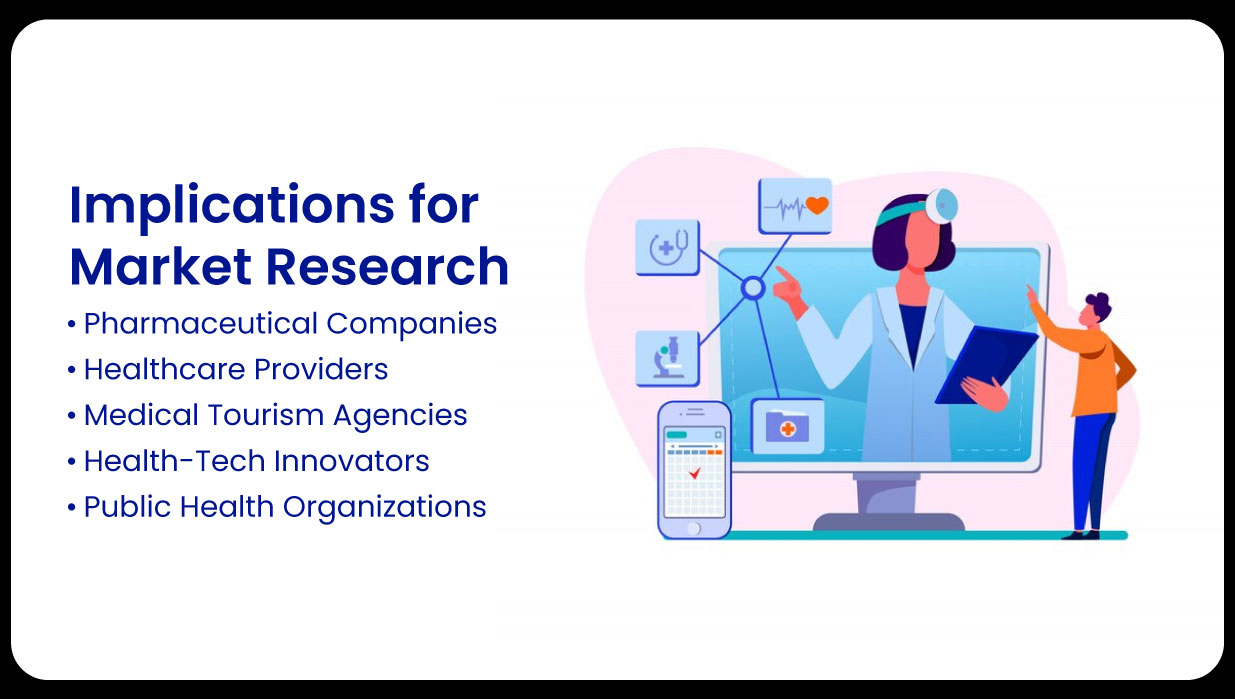
The insights derived from scraping WebMD and Healthline data have significant implications for various stakeholders in the healthcare industry:
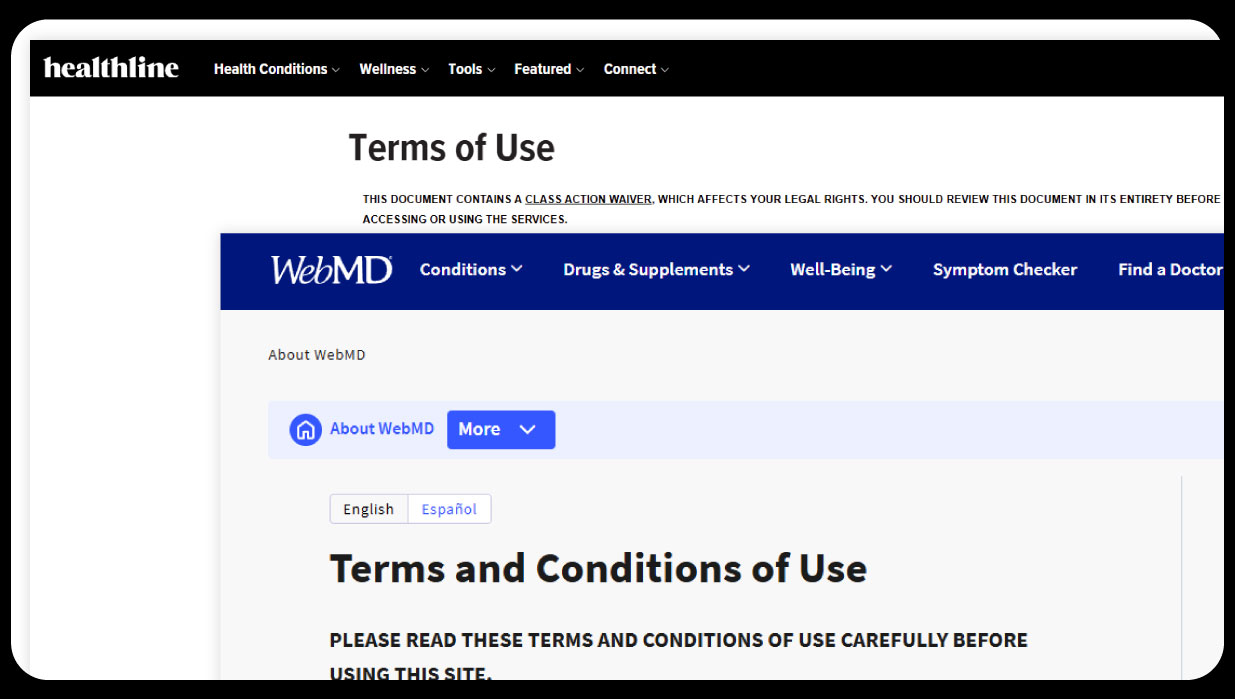
While web scraping offers immense potential, it must be conducted responsibly. Both WebMD and Healthline have terms of service that outline permissible data use, and scraping must comply with these guidelines to avoid legal repercussions. Ethical considerations include protecting patient privacy, ensuring data accuracy, and avoiding excessive server load on target websites. Using tools, which handle anti-bot measures and CAPTCHA bypassing, can facilitate ethical and efficient data extraction.
The systematic extraction and analysis of data from WebMD and Healthline have demonstrated their value in uncovering actionable healthcare market insights. By leveraging tools to Extract Healthcare Data from Healthline and WebMD, organizations can gain a deeper understanding of consumer behavior, pricing dynamics, and emerging health trends. Medical and Pharmacy Data Scraping Services enable stakeholders to optimize pricing strategies, enhance patient care, and drive innovation. Additionally, Pharmacies Stores Location Data Extraction supports the development of efficient supply chains and targeted marketing campaigns. The findings from this report underscore the transformative potential of web scraping in the healthcare industry, empowering businesses, researchers, and providers to make data-driven decisions that improve outcomes and foster growth.
Experience top-notch web scraping service and mobile app scraping solutions with iWeb Data Scraping. Our skilled team excels in extracting various data sets, including retail store locations and beyond. Connect with us today to learn how our customized services can address your unique project needs, delivering the highest efficiency and dependability for all your data requirements.
We start by signing a Non-Disclosure Agreement (NDA) to protect your ideas.
Our team will analyze your needs to understand what you want.
You'll get a clear and detailed project outline showing how we'll work together.
We'll take care of the project, allowing you to focus on growing your business.